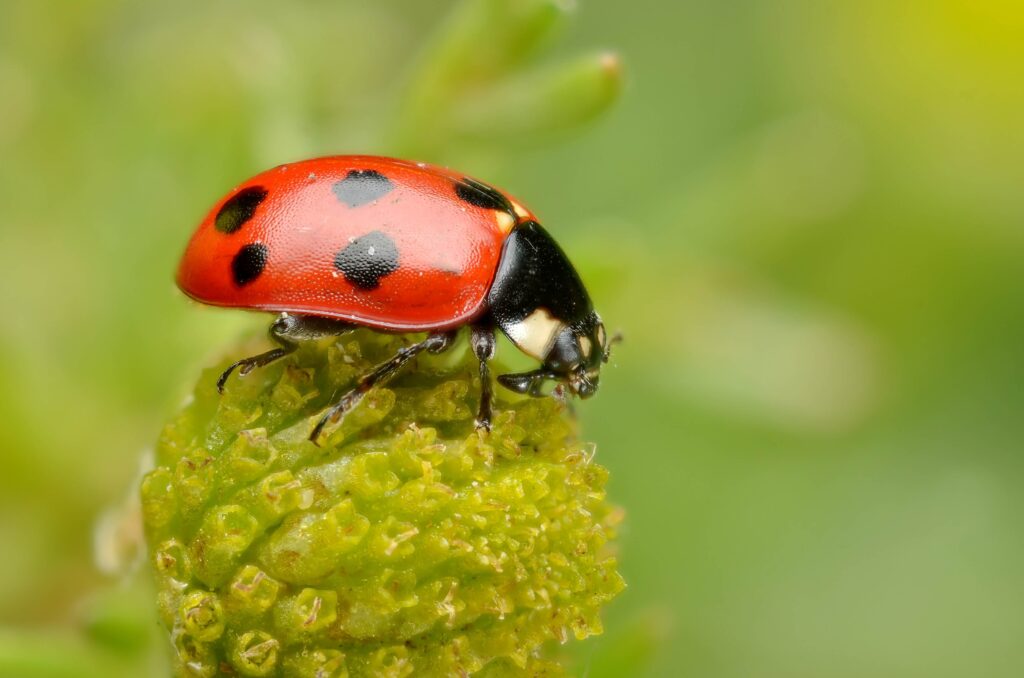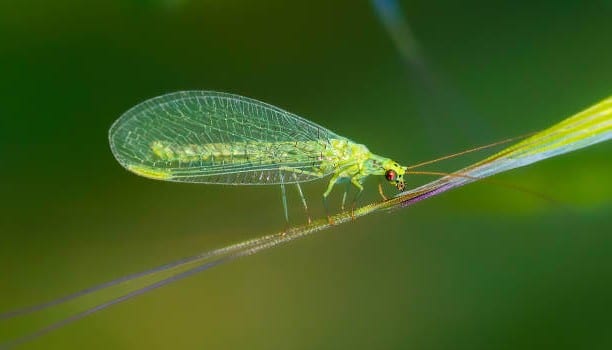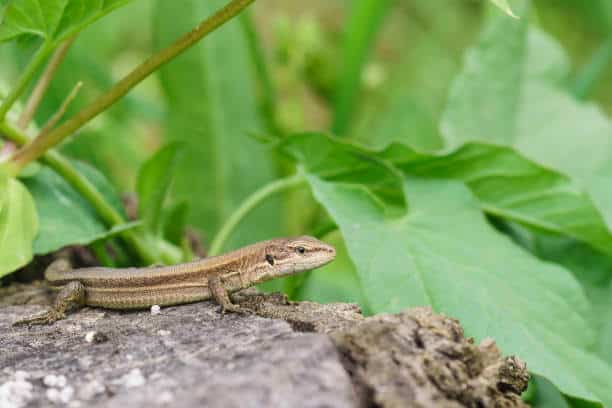Ladybugs (Coccinellidae), also known as St. Anthony’s ladybugs, are essential allies in organic farming and biological pest control. These small brightly colored beetles, such as red or yellow with black dots, are voracious predators of insects that damage our crops and gardens. They are particularly useful against aphids, a great tormentor of our crops.
But…why are these little ones so effective?
Why are ladybugs so effective?
Both ladybug larvae and adults feed on a wide variety of pests, including aphids, mites, mealybugs, thrips and larvae of other insects. It is estimated that a single adult ladybug can consume 50 to 70 aphids per day, and their larvae are even more voracious during their development. This predatory capacity makes them a very effective method of biological control.
One of the best known species, Coccinella undecimpunctata, the red ladybug we all know, is especially efficient in eliminating aphids in different ecosystems. It not only acts in natural environments, but also adapts very well to urban orchards or home gardens.

In addition, ladybugs have a highly developed sense of smell, which allows them to detect the chemical compounds released by plants when attacked by pests. This ability helps them to pinpoint infestation hotspots, quickly reaching the areas most in need of help.
What are the benefits for your garden?
Its main benefit, as mentioned above, is natural pest control, which allows you to eliminate the use of chemical pesticides. This will not only protect the plants, but will also take care of the health of the soil, pollinators and other beneficial insects.
By feeding on pests, they help us prevent diseases that these insects can transmit to plants, such as viruses, fungi or bacterial infections. This not only protects the health of the garden, but also reduces the risk of these diseases indirectly affecting us. As a result, healthier crops are obtained, with less need for chemical treatments and higher long-term productivity.
In addition, some species of ladybugs complement their diet with pollen or nectar. Contributing indirectly to pollination, especially in those areas where other pollinators are scarce. Not to mention that they are indicators that your orchard has a healthy and balanced ecosystem.
In other words, including ladybugs naturally in your garden and cultivation strategy will not only help you to have healthier plants, but will also strengthen the environment by promoting a regenerative, sustainable agriculture, connected with natural rhythms.
How to attract them?
To attract this type of beneficial predators to our orchard we can do it through different techniques:
- Plant flowers such as marigolds, dill or coriander. These will not only provide them with food, but will also attract their favorite prey, aphids.
- Avoid the use of pesticides or chemicals. These products, even “natural” ones, can harm these beneficial insects.
- Offer them shelter where they can hide, rest and reproduce. Such as corners with dense vegetation, piles of dry leaves, bark or even small insect hotels (these are ideal).
- You can also leave unmowed areas in your garden or install large pots with aromatic plants. The more diverse your garden is, the more likely you are to attract and maintain stable populations of ladybugs.
Keep in mind that if their prey is not available in the orchard or garden, the ladybugs will look elsewhere to feed. This raises two issues: It is good to have some pests controlled, so that they always have food, and if not, we must have high quality pollen that provides enough protein for them to use as food. This is especially important in winter, where there is less prey, but also less flowers. In other words, try to always have flowers at all times of the year in order to have pest predators available.
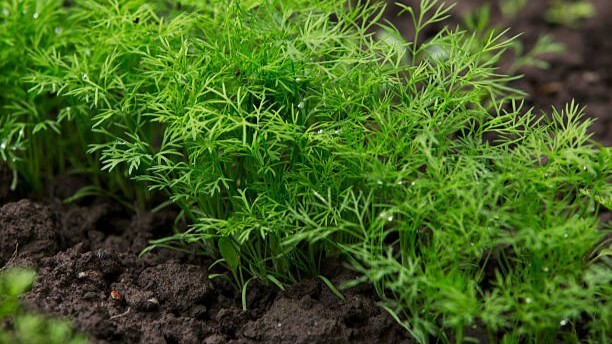
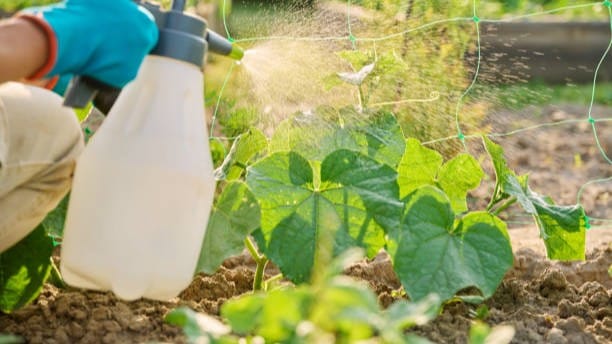
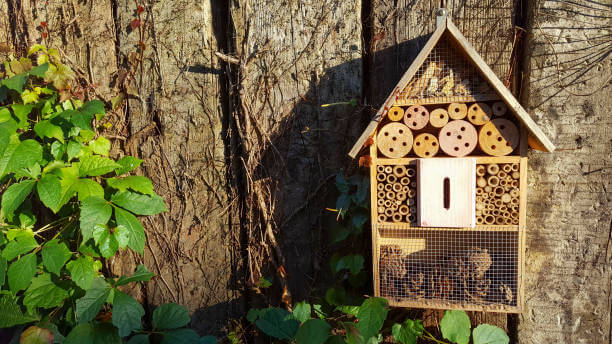
In short, encouraging the presence of ladybugs and other beneficial insects in your garden is not only an effective strategy to protect your plants, but also a commitment to a healthier and more respectful cultivation model with biodiversity. Therefore, we share with you a selection of products that can help you attract them and encourage them to stay in your garden:
🌱 Cilantro Seeds
A basic to attract beneficial insects to your garden and promote biodiversity.
👉 View on Amazon🌱 Dill Seeds
It grows fresh, aromatic dill and attracts beneficial insects such as hoverflies and ladybugs.
👉 View on Amazon🐛 Hotel Insects
Attract beneficial wildlife to your garden, promote biodiversity and protect your crops in a natural way.
👉 View on Amazon
